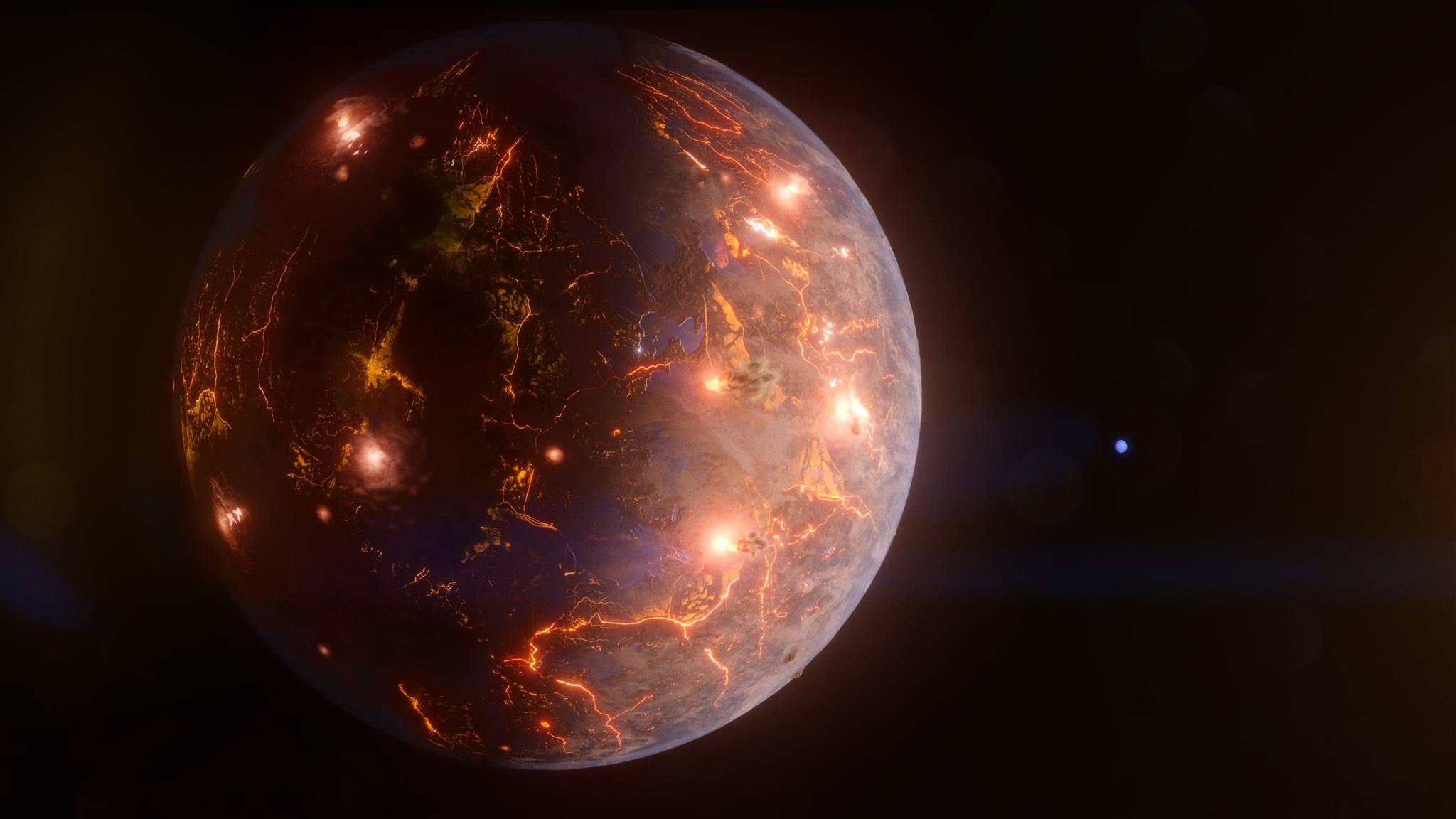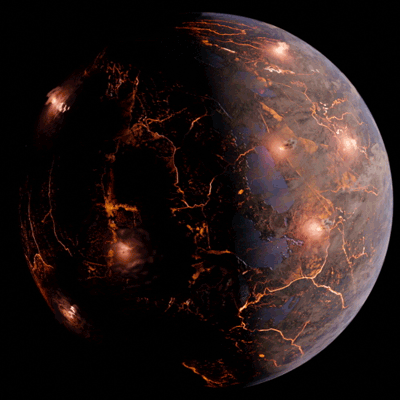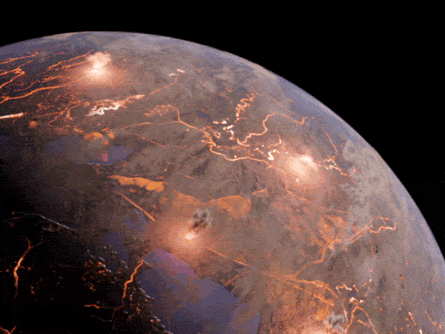Spitzer, TESS Find Potential Earth-Size World Covered in Volcanoes

Scientists found and studied the planet using data from NASA’s TESS (Transiting Exoplanet Survey Satellite) and retired Spitzer Space Telescope, as well as a suite of ground-based observatories.
LP 791-18 d orbits a small red dwarf star about 90 light-years away in the southern constellation Crater. Researchers estimate it’s only slightly larger and more massive than Earth.
The planet sits on the inner edge of the habitable zone, the traditional range of distances from a star where scientists hypothesize liquid water could exist on a planet’s surface. It’s also tidally locked, which means the same side constantly faces its star. The day side would probably be too hot for liquid water to exist on the surface, but if the planet is as geologically active as the research team suspects, it could maintain an atmosphere. Temperatures could drop enough on the planet’s night side for water to condense on the surface.
Astronomers already knew about two other worlds in the system before this discovery, called LP 791-18 b and c. The inner planet b is about 20% bigger than Earth. The outer planet c is about 2.5 times Earth’s size and nearly seven times its mass.
During each orbit, planets d and c pass very close to each other. Each close pass by the more massive planet c produces a gravitational tug on planet d, making its orbit somewhat elliptical. On this elliptical path, planet d is slightly deformed every time it goes around the star. These deformations can create enough internal friction to substantially heat the planet’s interior and produce volcanic activity at its surface. Jupiter and some of its moons affect Io in a similar way.
Spitzer’s observations of the system were among the last the satellite collected before it was decommissioned in January 2020.


Credits
Jeanette Kazmierczak (University of Maryland College Park): Lead Science Writer
Scott Wiessinger (KBR Wyle Services, LLC): Project Support
NASA's Goddard Space Flight Center. However, individual items should be credited as indicated above.
https://www.nature.com/articles/s41586-023-05934-8
Short URL to share this page:
https://svs.gsfc.nasa.gov/14282
Missions:
Spitzer Space Telescope
TESS
This item is part of these series:
Astrophysics Animations
Astrophysics Stills
Keywords:
SVS >> Astrophysics
NASA Science >> Universe
SVS >> Exoplanet
SVS >> TESS











